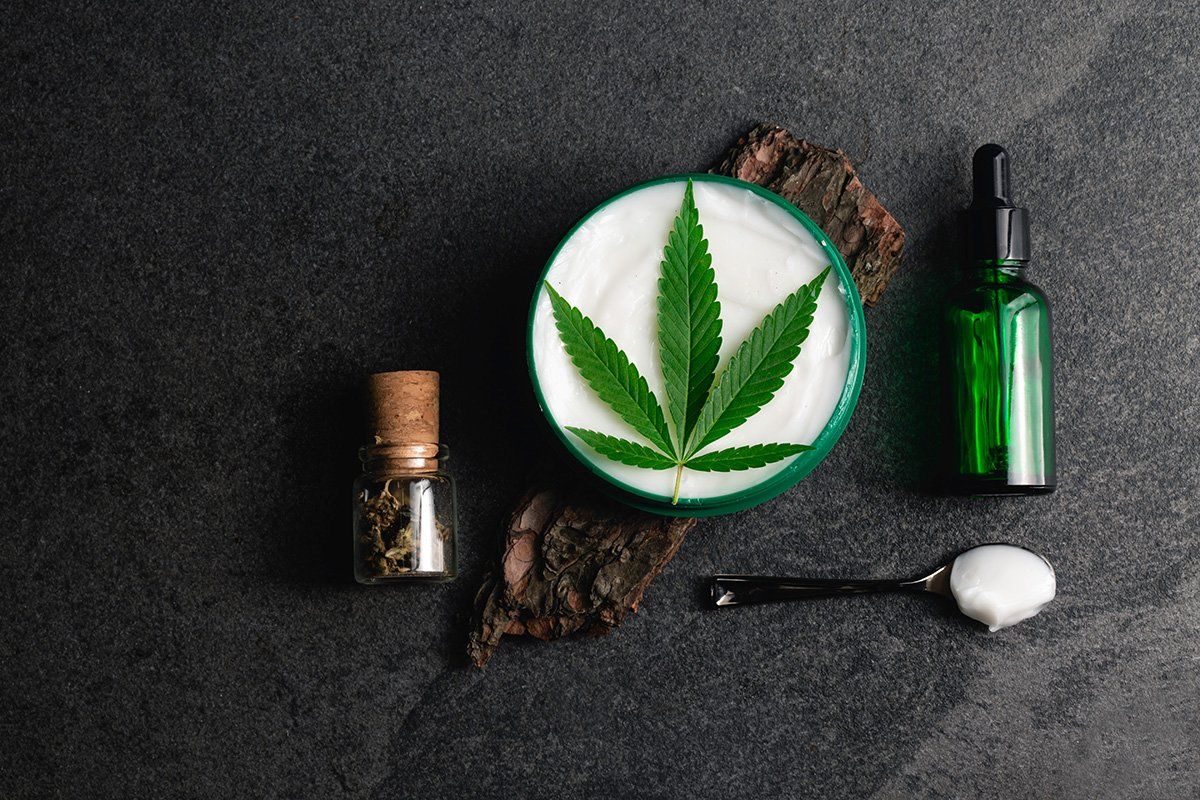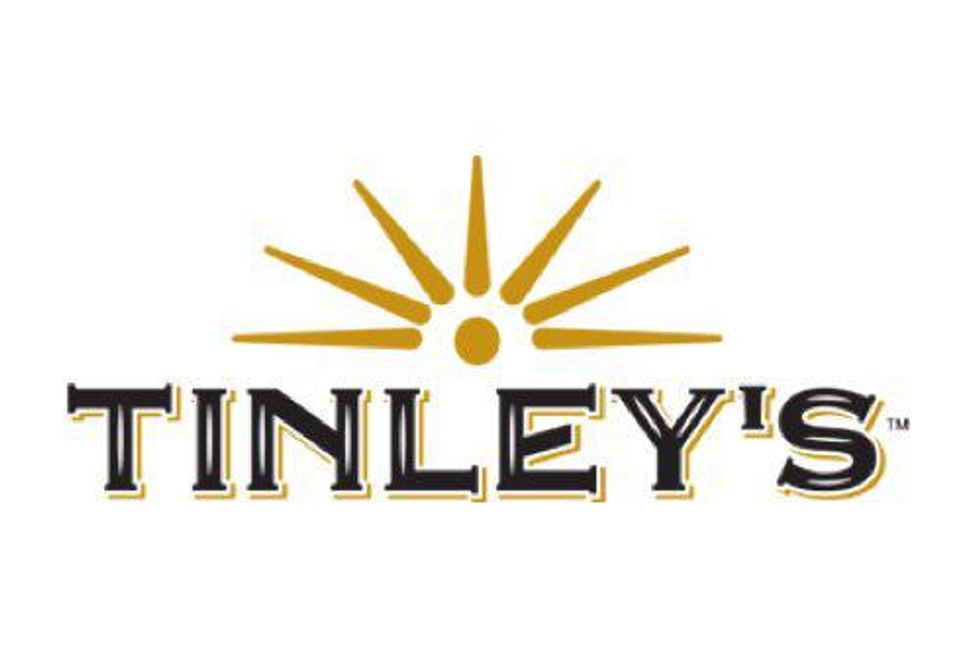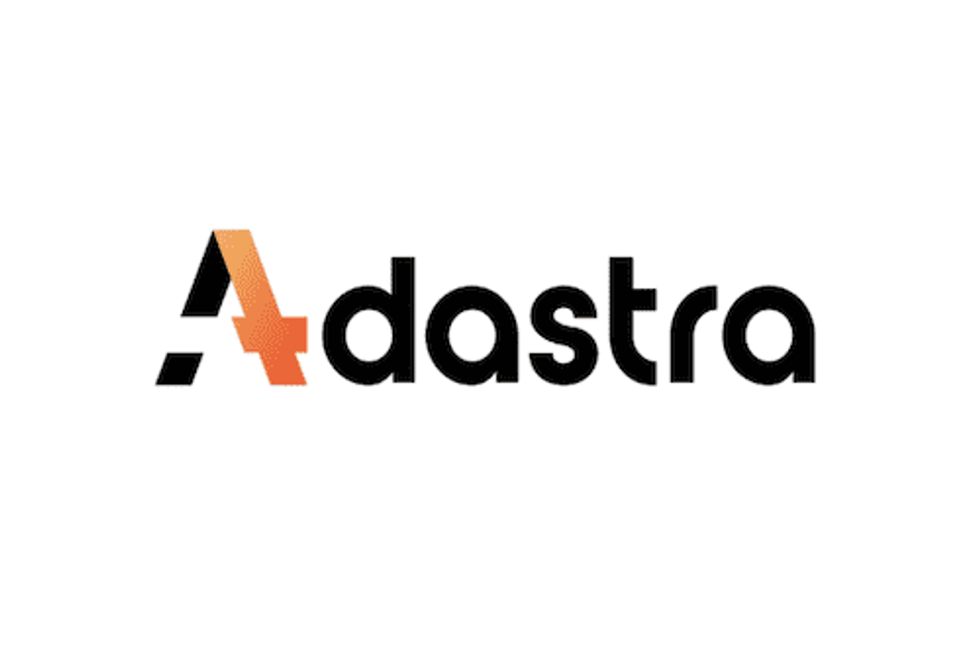Australia’s Medical and Recreational Cannabis Markets
What is the difference between medical and recreational cannabis in Australia? Learn more about both markets in this overview.

Cannabis continues to be a topic of much interest in Australia, particularly for keen investors who have seen plenty of ups and downs in the market over the past 12 months.
When discussing cannabis from an Australian investment perspective, we are of course discussing medicinal cannabis — an extract of the cannabis plant delivered as a pill, oil, nasal spray or other form used to relieve symptoms of a medical condition.
Recreational cannabis is illegal across Australia, with the exception of the Australian Capital Territory, where since January 31, 2020, adults can hold 50 grams of cannabis and cultivate two cannabis plants.
The Cannabis Legalisation Bill, introduced in February of 2021 by Cate Faehrmann, aims to legalise cannabis and cannabis products in New South Wales. Recreational cannabis would be under regulation of the state.
A 2019 survey from the Australian government found over a third of Australians over the age of 14 had used cannabis during their lifetime, and 11.6 percent had used cannabis in the past 12 months.
What’s the history of medical cannabis in Australia?
The earliest documented use of cannabis was back in 2800 BCE, when it was listed in a pharmacopoeia (an official published book of medicine) in China.
The history in Australia is significantly shorter, with the earliest mention surfacing when hemp seeds were brought across on the first fleet in 1778. In fact, author John Jiggens argues in his book that the true intention for Australia as a colony was not as a gaol for convicts, but to make New South Wales a major hemp production land, as hemp was critical for rope and sails on ships.
In 1925, Australia signed the Geneva Convention on Opium and Other Drugs, which included cannabis and led to a ban on importation in 1926. This ban was strongly urged by the Egyptian government, which wanted to combat “hashism” in its own country. In the United States, Harry J. Anslinger, commissioner for the Treasury Department’s Federal Bureau of Narcotics, was also campaigning against marijuana in his country. By 1938, cannabis was outlawed in Australia, mainly due to a Reefer Madness shock campaign.
It wasn't until November 1, 2016, that medicinal cannabis was legalised federally in Australia after amendments to the Narcotic Drugs Act legalised cannabis growing for medicinal and scientific reasons.
One year later, in November of 2017, hemp food was made legal for human consumption in Australia by Food Standards Australia New Zealand. Hemp has been a popular material in Australia used for textiles since the 1990s.
In Victoria, the Legal and Social Issues Committee is currently undertaking an enquiry examining the access and use of cannabis, looking to successful international models. The project took in submissions from the public up until the end of August 2020. The committee report was tabled in March 2021.
The report’s key findings were, first of all, that criminalising a widely used substance was costly and misguided; they state that the substance should be considered under healthcare, not law-enforcement. They go on to state that Victorian citizens can already legally possess the substance under certain conditions (medicinal use approved by a physician) and go on to recommend looking at the problem further. The report also acknowledged health concerns with cannabis use, but urged again that the drug’s use should fall under healthcare.
Who can access medical cannabis in Australia?
As of February 2023, patients can only access medical cannabis via a prescription from a general practitioner or specialist. Doctors can prescribe through two methods; either through the Therapeutic Goods Administration (TGA) Special Access Scheme, or by applying to the TGA to be an authorised prescriber.
A doctor who is an authorised prescriber can prescribe unregistered medicine to a class of patients, such as a neurologist prescribing medical cannabis products to epilepsy patients.
A doctor must make an application to the TGA to certify a patient is eligible for treatment and that the cannabis product prescribed would be appropriate treatment. Some of the conditions that medical cannabis can treat are chronic pain, neurological conditions and inflammatory diseases.
Popularity is growing, with over 122,000 applications approved by the TGA in 2021, a significant increase over previous years. 2022 saw the first decrease in applications since it was legalised, coming in slightly under 2021 at 118,340. Still, many see the legal medical channels as a lengthy process full of hurdles and are frequently turning to the black market to obtain cheaper, immediate sources of CBD oil or medical cannabis.Could Australia legalise recreational cannabis?
It’s uncertain if, or when, recreational cannabis will be legalised in Australia, particularly after neighbour New Zealand had its bid to legalise marijuana narrowly defeated by 53.1 percent to 46.1 percent. On top of that, attorney general and minister for justice Shannon Fentiman reaffirmed the marijuana laws in Queensland in April of 2021, reiterating the position that cannabis is considered a dangerous drug under the Drugs Misuse Act 1986.
At this stage, there is limited support at the federal level to decriminalise the use of cannabis for adult use. The Greens have been calling for legalisation on the issue for a long time, but they are the only mainstream party to support the legalisation of recreational cannabis; the Liberal National Party and Australian Labor Party both only support medicinal cannabis.
Smaller political parties advocating for legalised cannabis include the Reason Party, the HEMP (Help End Marijuana Prohibition) Party and the LCQ (Legalise Cannabis Queensland) Party.
Other advocacy groups like the Who Are We Really Hurting group are known for stunts like sending Prime Minister Scott Morrison a package of faux marijuana.
How can Australians invest in cannabis?
Prohibition Partners’ second Oceania Cannabis Report estimates that there are 2.1 million cannabis users in Australia, and forecasts the legal cannabis market in Oceania will be worth US$1.55 billion by 2024, with Australia accounting for 79 percent of the region’s market.
Looking more specifically at Australia, Grand View Research states that Australia’s legal cannabis market was valued at US$66 million in 2022; it expects the sector to expand significantly, growing at a compound annual growth rate of 29.6 percent from 2023 to 2030.
The Australian government also reports similar figures to the Oceania Cannabis Report; as previously mentioned, they reported that in 2019 11.6 percent of surveyed persons stated that they had used cannabis in the past 12 months.
While exact expectations vary, it’s clear that the market offers opportunities for investors. On the company side, there are now 44 companies with Australian manufacturing licenses for medicinal cannabis and 34 with import licenses, according to the Office of Drug Control.
To get a better understanding of the stocks available on the ASX, check out the articles below:
This is an updated version of an article first published by the Investing News Network in 2019.
Don’t forget to follow us @INN_Australia for real-time updates!
Securities Disclosure: I, Matthew Flood, hold no direct investment interest in any company mentioned in this article.






